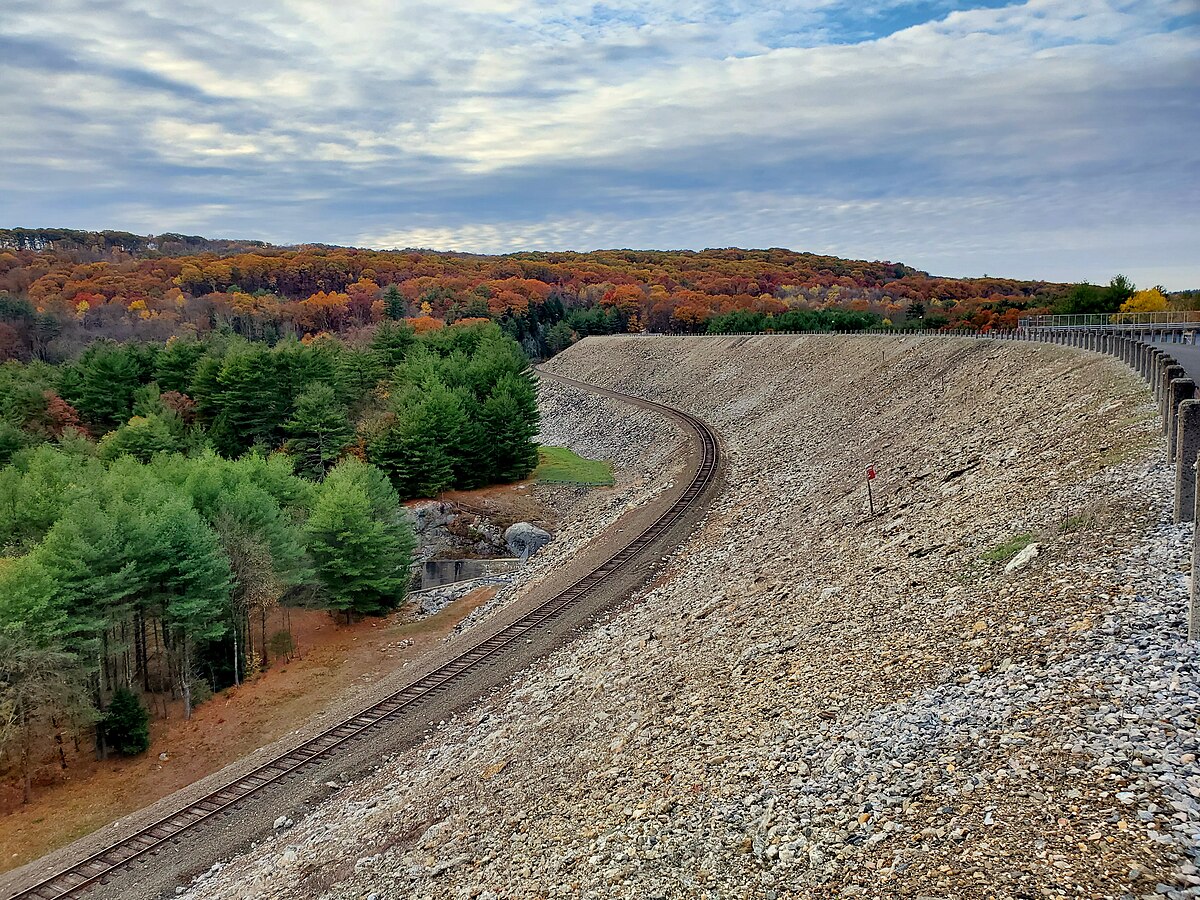
The History of Fluteville, Connecticut
Almost two hundred years ago in the hills of Litchfield, Connecticut, faint sounds of flutemaking could be heard. No, it was not Pan carving a new pipe to play but was instead a small factory where the musical instrument was being manufactured. Situated by the Naugatuck River located one mile north of the Thomaston Dam, Fluteville was home to a tiny community the size of a hamlet, but had its own school and post office in the 1870’s. Fluteville was named for the flute factory founded by Asa Hopkins, who was born in 1799 in Litchfield, Connecticut and got his start in the clockmaking business. Learning about the natural resources in Fluteville, Hopkins discovered that the light brown applewood growing in the emerald hills was suitable for manufacturing flutes as well as other wind instruments such as fifes, clarinets and flageolets, the last one similar to a recorder.
Hopkins began his flute factory in 1831 with Luke Lewis, Oliver Goodwin, Leonard Goodwin, Sylvester Galpia, and David C. Sanford as investment partners. The factory created jobs enough for the families who lived in Fluteville as well as from nearby towns, where citizens with talent in woodworking could make a living. Like many other schools of its time, the one in Fluteville contained only one room where all of the students took their lessons. Even though most people who lived in the hamlet worked at the factory, few also owned farms. Fluteville never grew to have more than fifteen homes, and in 1874, received its own post office and postmaster. To the direct north of Fluteville was Campville, formerly located in what is now Harwinton and named after Jabez Camp. Shanley’s mill, a grist mill, sawmill, and a quartz grinding mill subsisted in this area. Campville also has its own special claim to fame: being the summer home to world famous heavyweight boxer Gene Tunney back in 1927.
In 1837, Hopkins appointed his general business partner Jabez M. Camp in charge of factory operations. Hopkins eventually sold his flute factory to his nephew and devoted his time to the clock factory located in Fluteville. As was the standard practice back then, the final product was sold locally, many stores in Litchfield offering these wind instruments for sale to the public.
As peaceful and serene as a hamlet typically is, that is not to say Fluteville was without its problems. In 1866, for example, a large quantity of flutes were stolen from the factory, according to a small news item in The Hartford Courant dated September 19 of that year. In April 1910, the Fluteville schoolhouse was vandalized, resulting in $500.00 worth of damage, according to a notice in The Meriden Journal dated April 22, 1910. Finally, in 1912 the flute factory burned down. This event could have only been just the beginning of a much larger one which changed the landscape between the Naugatuck River and the Farmington River: The 1955 Flood. The flood, a result of two hurricanes in August of that year, also affected the Mad River and Still River up in Winsted plus the Quinebaug River in the eastern part of the state. Property damage exceeded two hundred million dollars, or two billion in 2023 dollars. The bridge connected to the old Route 8 through Fluteville and continued north, all the way to Massachusetts. In place of the Two-Mile Bridge was built one of several bridges named Bailey Bridge, which allowed people to cross the Naugatuck River in their cars from major roads. The Bailey Bridge was removed in 1960 to allow for the building of the new dam, the solution to prevent any future flooding in the immediate area.
The Thomaston Dam started being built in May 1958, with 14.4 million dollars allotted for the project from the state of Connecticut. With its fifteen homes and two factories, all structures were slated for demolition so the dam could be built, according to an article in The Hartford Courant dated June 15, 1960. In 1961, the new Thomaston Dam was dedicated, the hamlet once known as Fluteville now gone forever as the land now formed the basin of the dam. As it was built alongside the Naugatuck River, route 8 was moved further over and elevated. According to an article in The Hartford Courant dated August 19, 1960, The Two-Mile Bridge across the Naugatuck River at the time was completely washed out in Fluteville. In 1957, a plan was made to prevent flooding of this nature, which involved the building of the dam and flood control.
Thomaston Dam is 2,000 feet long and 114 feet high, and as with other dams in the western part of the state, add to the picturesque scenery. The dam also has a picnic area complete with a kiosk showing photos of the 1955 flood as well as photos of the dam being built in stages. Built by the U.S. Army Corps of Engineers Walking trails, parking lot off of Hill Rd, trails lead to old route 8 which can be walked up to Minor Road area where Fluteville once thrived. Some remaining portions of the old paved Route 8 in Fluteville may be discovered and are walkable. The old train tracks, unused for many years now, remain in the area. The foundation of the flute factory is located between the old railroad and Naugatuck River. Barbara Hopkins, cousin to Asa Hopkins, is a talented flute player in her own right and resides in Connecticut.
Image Credit: Pi.1415926535, CC BY-SA 4.0, via Wikimedia Commons.


